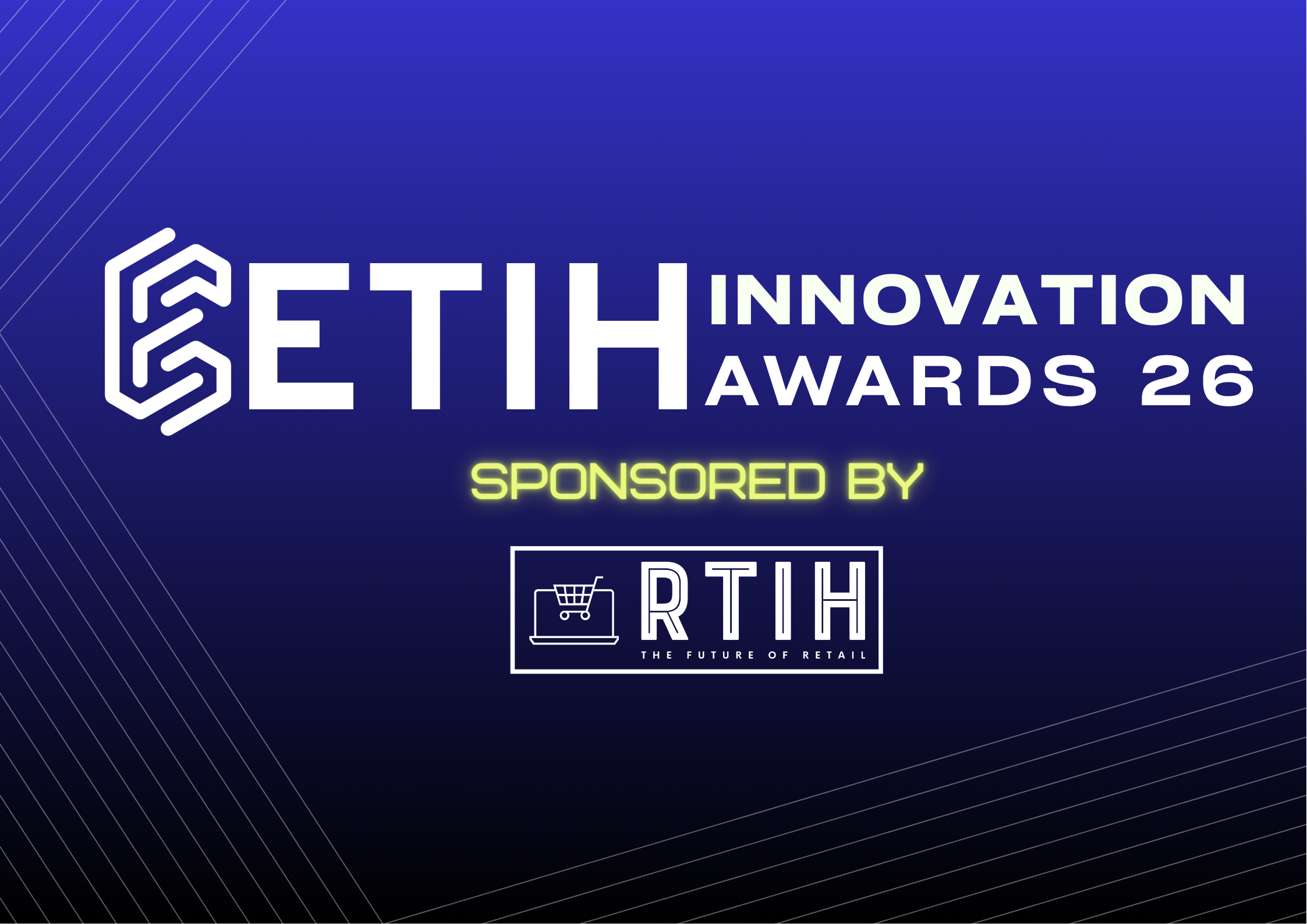New data from Pearson finds high school students using AI study tools in its Connections Academy achieve higher grades

Pearson says the results show the impact AI can have on cognitive growth and now plans to expand its AI study tool into more courses in 2025-26.
In the 2024-25 school year, nearly 6,500 students accessed an AI study tool embedded into learning materials for Pearson’s Biology and World History learning materials.
Biology students using the tool had pass rates 11 percent higher than those that didn’t and saw a five percent increase in their final course scores. In the World History course, students using the AI tools achieved a seven percent rise in pass rates and a five percent increase in final scores.
"By integrating AI into our learning environments, we’re empowering students to think critically and creatively, with technology that walks them through the learning process rather than just giving them answers,” comments Tom Simon, President at Pearson Higher Education and Virtual Learning.
“This improved academic performance shows the impact that AI can have on cognitive growth, as well as the impact it can have on preparing students for success throughout their school journey.”
In the next school year, Pearson plans to expand the availability of its AI study tool onto middle and high school Algebra, with additional courses to be added.
Pearson’s AI study tool offers students step-by-step instructions on how to answer practice test questions when they answer incorrectly. It breaks down complex problems into simpler parts and offers helpful explanations. Students can ask follow-up questions and extend their learning.
“We do like that it is not giving you an answer,” add Bella and Rose Wydock, ninth grade students at Connections Academy. “When it does not give you an answer, you have more ability to use what you have read, and it also proves that you read through the lesson. If you did not look at the lesson, you will not get the answer with this tool. It helps you learn.”























